LONG WAVE DIATHERMY USED IN PHYSIOTHERAPY
INTRODUCTION
Longwave diathermy operates at a frequency range of 0.3-1MHz. The high frequency current produces heat deep into the tissues, which lasts for around 30 minutes. Longwave diathermy involves generation of oscillating electromagnetic fields (EMF) that are comprised of both electrical and magnetic fields. Variations in the strength of these fields are dependent upon several factors including the frequency of the unit and characteristics of the applicator like capacitive electrodes.
Oscillating electric and magnetic fields produce heat in biological tissues by inducing a rapidly alternating movement of ions, rotation of dipolar-molecules and the distortion of non-polar molecules. A movement of ions represents a real flow of current and occurs readily in tissues rich in electrolytes such as blood vessels and muscle.
THERAPEUTIC EFFECTS:
The activity of the LWD field at molecular level in fatty tissues, causes blood vessels and muscle to heat strongly and adipose tissue to heat vigorously because it is permeated by small blood vessels that contain a solution of electrolytes. The heat generated is then retained due to the insulating properties of fat allowing a high temperature to develop. Fibrous tissue is not particularly rich in either blood vessels or fat and usually shows a moderate elevation of temperature. In general, the tissue response to LWD compares closely with that from other methods of heating, and the common indications and contraindications are similar to those for superficial heating.
Diathermy heats both the deep and superficial layers of tissue whilst the effect of superficial heating is most marked in the skin and subcutaneous tissues. Diathermy generally decreases pain, increase metabolic functions, increase deep tissue temperature, and increase range of motion. The heat stimulates the cutaneous thermos-receptors sufficiently to block the transmission of pain as it enters the spinal cord via the ‘pain-gate’ mechanism. Heat has a therapeutic effect on muscle spasm by acting directly upon the muscle spindles. The increase in conduction velocity observed when peripheral nerves are heated by LWD would facilitate the pain relief mechanism.
Heating also eases pain by promoting vasodilation and efflux from the affected tissue of chemicals implicated as mediators of pain e.g. Bradykinin, serotonin and the prostaglandin. The deep structures are most effectively heated by LWD that has a penetration depth of 4mm. As the temperature of the muscle spindle rises the activity of the mechanisms conveying information about static stretch to the spinal cord decreases. At the same time, Golgi tendon organ output increases, helping to prevent muscle over-stretch. The sum of these influences on the anterior horn cells in the spinal cord is inhibitory and results in the relaxation of the affected muscle. Furthermore, the output of muscle spindles is reduced and relaxation facilitated by a reduction in gamma efferent activity caused by a reflex response to skin warming. LWD is often used successfully in conditions in which pain and muscle spasm are prominent including bursitis, low back pain, arthrosis, and ligament injuries.
Advantages over other methods of Diathermy:
LWD can be used with patients having metal implants and pacemakers since its frequency is not high enough to heat any metal. In addition to that it does not cause any irritation to boney parts.
METHODOLOGY AND IMPLEMENTATION:
The application of Long Wave Diathermy comprises of the following stages.
A) Generation:
In this stage, a pulse signal with a frequency in the range of 0.3MHz to 1MHz is generated. This can be achieved either by using a microcontroller like Arduino, 8051, Raspberry Pi, etc. or using any integrated circuit having its operating frequency lying in the range. To generate the signal using an analog circuit which consists of an integrated circuit, in this project TS555 is used which has a maximum a stable frequency of 2.7MHz.
B) Amplification:
For RF frequency, a power amplifier is needed to boost the intensity and power of the pulse signal as the signal when generated using a microcontroller will have its maximum amplitude only 5 Volts. Thus, an amplifier is necessary for the pulse signal to reach deep into the body tissues to produce heat for alleviating pain.
C) Modulation:
After amplification, the signal will be modulated in terms of amplitude using a microcontroller to generate various types of waveforms like burst, ramp, triangular etc.
D) Isolation:
For every biomedical application, an isolation transformer is a necessity for the protection of the patient from high frequency current shocks. As LWD uses a signal having a frequency in the RF range we need to use a ferrite core transformer which supports RF frequencies. The resultant signal will be passed through an isolation transformer as a safety measure for the patients. An isolation transformer is a transformer that transfers electrical power from a source generating an alternating current (AC) power to an equipment or device while isolating the powered device from the power source, usually for safety reasons. Isolation transformers provide galvanic isolation and protect against electric shock. The secondary winding of an isolation transformer is not earthed and hence is floating or isolated.
E) Delivery mode: Capacitive Electrodes
An electrode is used to transfer the energy of the signal into the human. The most common type of electrodes used for biomedical applications are capacitive or inductive. Two capacitive electrodes are used to transfer the signal into the patient’s body. One acts as the active electrode which passes the signal from the circuit into the human body while the other is the return electrode which collects the signal from the human body and passes it to the circuit back. The generated signal can be modulated in terms of amplitude, frequency, or phase to produce various modulated patterns–burst, ramp, triangle, PAM, PPM, PWM etc.
The capacitive mode permits to treat the tissues characterized by low resistance to current, focusing the action on skin tissue, connective tissue, blood circulatory system and lymphatic system. To obtain the capacitive effect, the current is applied on the body with two electrodes: a small insulated electrode (active) and a not-insulated counter electrode placed on the opposite side of the part of the body to treat. In
this mode, which uses the condensation system, a movement of electric charges (ionic movement current) is generated inside the treated part.
F) Patient:
Using the electrodes, the signal is applied to the patient to relieve pain. While placing the electrodes the electrode placement chart must be consulted as the electrodes cannot be applied to certain body parts like the brain which will have a dangerous side effect on the said body part. LWD benefits patients suffering from chronic conditions causing pain such as rheumatoid arthritis, osteoarthritis, bursitis, tendinitis, capsulitis or other musculoskeletal conditions involving stiff, painful joints. It is also used to treat discomfort due to kidney stones or sinusitis as well as treat pelvic infection, neuralgia, and muscle spasms.


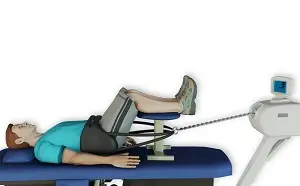
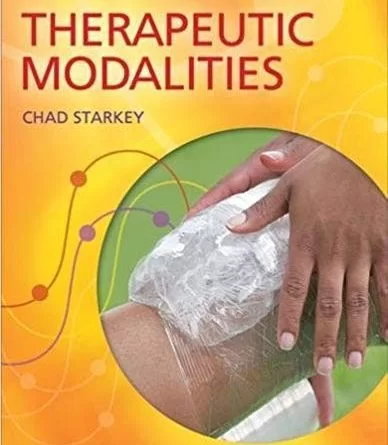
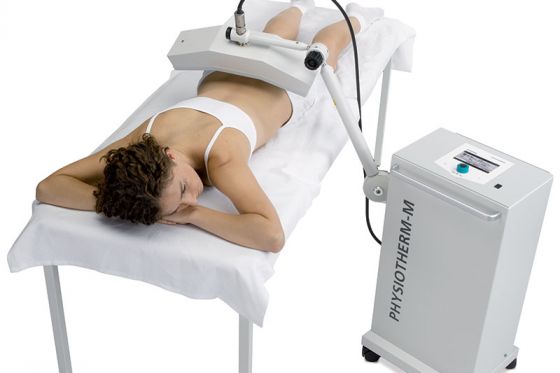
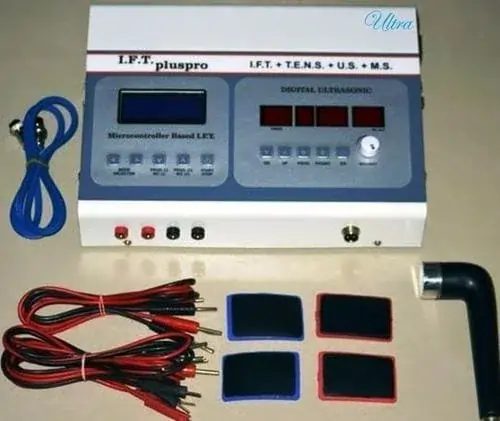
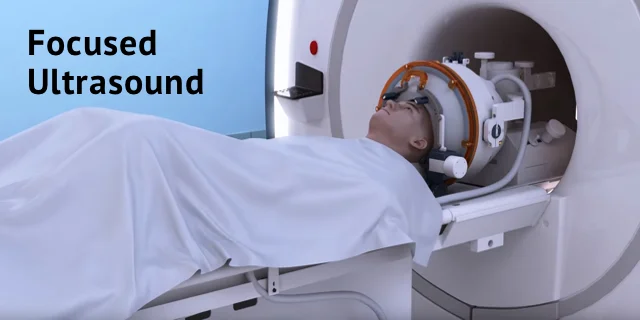

Thanks for this post. Can LWD be used in treating a child considering the epiphyseal end plates. Thanks.